

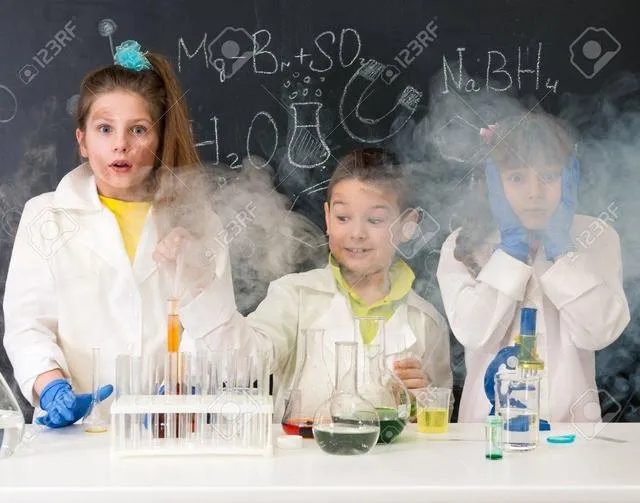
Osmosis:
Osmosis is a type of diffusion that, in biology, is usually related to cells. Diffusion is when molecules or atoms move from an area of high concentration to an area of low concentration. Osmosis is when a substance crosses a semipermeable membrane in order to balance the concentrations of another substance. In biology, this is usually when a solvent such as water flows into or out of a cell depending on the concentration of a solute such as salt. Osmosis happens spontaneously and without any energy on the part of the cell.
Source
In my search I found the experiment that my students have had the most fun with this year. Maybe it was the name of the experiment “Naked Eggs” that they got a kick out of. We had finished learning all about parts of a cell and the students had a good understanding of things like the nucleus, mitochondria and vacuoles just to name a few. The next step was to learn about how cells get nutrients to function properly and survive. Like all living things cells, which are the building blocks on which living things are created, need to be nourished in order to survive and function properly. Cells accomplish this through the process of osmosis where the cell allows needed materials through its membrane and removes waste as well.
The Naked Eggs
I found this experiment while researching about cells as I prepared to teach a brand new science unit to my grade 8 class. The experiment is designed to demonstrate the way in which a cell membrane will allow materials to flow in and out of the cell through osmosis. This transference happens from areas of high concentration to areas of low concentration. The results of the experiment a a great representation of these properties as well as it is a really cool visual on many levels. An egg is a perfect representation of what a cell looks like as it is essentially a cell itself but we can see it with the naked eye. Although there has been much scientific debate an egg is widely considered to be the largest cell.
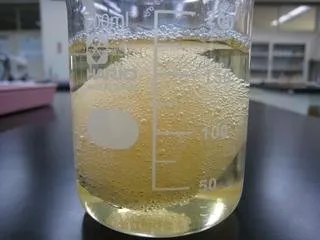
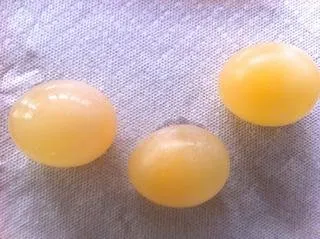
Eggs were placed in two different solutions. One solution was just plain old water. The second solution was corn syrup. The eggs were submerged in each solution and left to sit for 24 hours. We used food colouring in the water solution to help make any changes more noticable. The results were incredibly cool to watch.
The egg in the water only solution started to grow. The water that was in higher concentration outside the egg started to move through the eggs membrane and fill the inside of the egg with water until there was a balance between the concentration inside and outside. Basically, until the egg could no longer fit any more water.
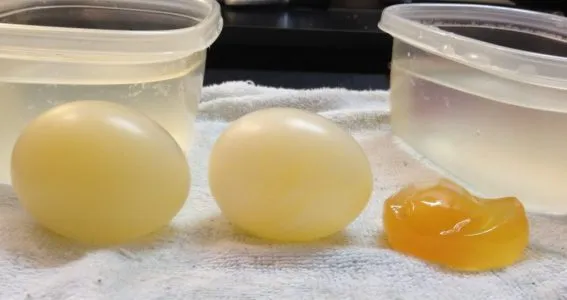
The egg that was in the corn syrup had the complete opposite effect. The corn syrup is highly concentrated with sugar and other materials but the eggs actually has a higher concentration of water. The result is that the corn syrup essentially sucks the moisture/water out of the egg and the egg shrivels up. This was fascinating for the students to watch. At all phases of this process the egg membrane was fully intact. Again, all results were observed and recorded. The eggs were weighed and measured to see the differences. We actually took it one step further and put the shriveled egg back into a water solution to see if it would again grow back to its original shape and it did.
It was fun to see how engaged and astonished the students were throughout this experiment. Many groups even named their eggs. This truly helped to make the connection between the theoretical work we did in class and how the concepts work in reality. I even feel like I learned a lot more about the way cell membranes work through this process. It was so much fun in my class that I decided to do the experiment at home with my own children just for fun and they loved it as well. So next time you are wondering about cells and osmosis just remember “Naked Eggs”
Unfortunately, my iphone completely died shortly after this experiment and I lost all of the pictures I took in my class during the project so I had to use images found online to show what we did.
Images: 1, 2, 3, 4, 5, 6
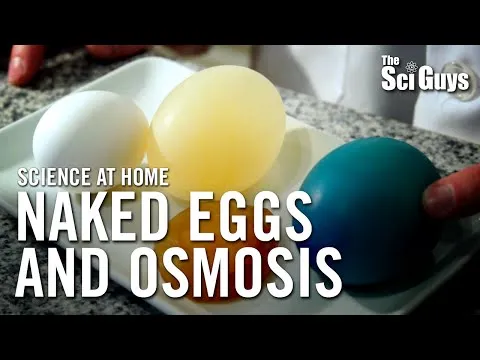
Printable Instructions and Lab Worksheets
Making Naked Eggs https://www.michigan.gov/documents/explorelabscience/Making_Naked_Eggs_606498_7.pdf
Experimenting With Naked Eggs
http://www.michigan.gov/documents/explorelabscience/Experimenting_with_Naked_Eggs_606503_7.pdf